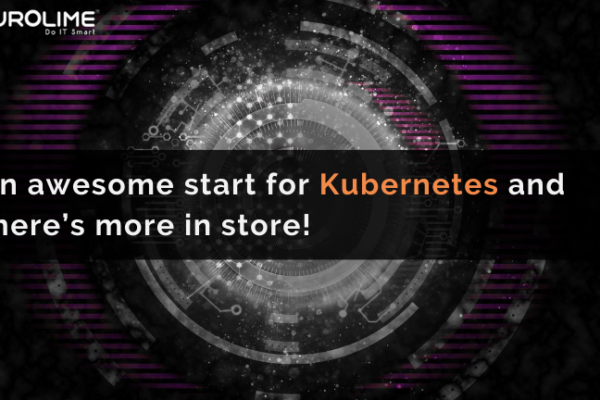Kubernetes adoption has witnessed a staggering increase with it being considered as the de facto container orchestrator. As the Kubernetes market continues to grow, it can affect different security functions like authorization and authentication.
Below are some security considerations to ensure your Kubernetes clusters are secure throughout their entire life cycle.
#1 Use the latest version of Kubernetes and Docker
Stay on top of software updates to secure your systems as a patch that has already been released is the most vulnerable. It is recommended to update your systems as soon as a new version is released.
#2 Strong authentication on the go
Ensure that all your Kubernetes components are authenticated. Typically service accounts, these components use x509 client certificates. In the case of authentication failure, the entire
Kubernetes environment becomes susceptible to attack.
#3 Scan your images regularly
Regular scanning of your images is essential if you don’t want vulnerable images to be a part of your production cycle. This also eliminates zero-day vulnerabilities that are detected only after you scan an image.
#4 Use Images from trustworthy registries
Never use images from questionable image registries in a bid to make your processes faster.Ensure that images from reputable registries that are integrated with an image scanner are used.
#5 Remove unnecessary permissive network policies
The first step towards making your Kubernetes environment secure is implementing secure network segmentation policies. By doing away with obsolete network policies, you reduce the vulnerability of your system.
#6 Enable Kubernetes Role-Based Access Control (RBAC)
One of the most important security measures to take while making your Kubernetes environment secure is to enable RBAC. Talking about upgraded older clusters, make sure that RBAC is enforced in these clusters as legacy Attribute-Based Access Control (ABAC) controller might still be active.
#7 Ensure that containers are not running with a privileged flag
Containers running with privileged flag have the same capabilities as the underlying host. And this may lead to providing host-level access in the wrong hands.
#8 Make root filesystems of all running containers’ as read-only
Prevent any writes to the container’s root filesystem during runtime by making its root filesystem read-only. It also plays a significant role in reducing the number of attack vectors.
#9 Secure local administrative access
You must ensure that anyone who signs in as an administrator has appropriate credentials. Role-based access control (RBAC) and attribute-based access control (ABAC) are offered by Kubernetes. It is recommended to go for RBAC and disabling ABAC as it enables you to provide permissions based on predefined roles and privileges.
#10 Segment your cluster
The best possible way to limit the scope of a potential attack is by implementing segmentation. In the event of a breach, it helps you to contain the adverse effects on your deployment.You can use K8S namespaces to build virtual clusters that are separated from one another even when using the same infrastructure.
Follow these simple steps to secure your critical Container and Kubernetes.
![]()






